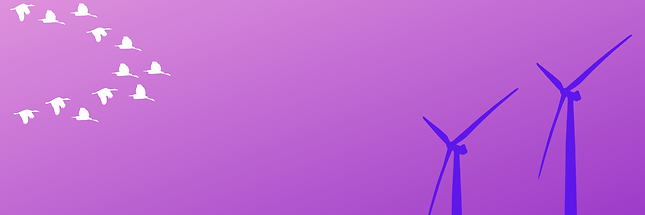
Wind Turbine
Wind Turbine Design Project
2020
In my Fall 2020 semester, I took "Three-Dimensional Modeling for Design", an introductory computer aided design course that taught the basics of SolidWorks. Throughout the course I collaborated on a semester-long engineering design challenge that aimed to build the most stiff and durable wind turbine tower, given several design parameters. The major challenge was finding the best stiffness-to-weight ratio of the tower. In addition to designing the tower (and optional turbine) in CAD, we also were tasked to utilize finite element analysis (FEA) tools to stimulate the effect of wind forces pushing on the tower.
Initial Sketches and Brainstorming
Before CADing, the first part of designing the tower was to brainstorm and free-hand sketching different designs. Initially, I looked at skyscrapers and other structures for design cues. I researched the tallest structures in the world and the different design elements engineers and architects used to create stable structures. Some of these features included segmenting the tower, seen on buildings like the Taipei 101, or creating curves to allow wind flow, such as those in the Shanghai Tower. I also considered more traditional elements, such as having a wide base and using a truss system to minimize weight.

Above: My initial sketches of the tower, blade, and motor housing design.
Initial CAD and Testing

Above: My initial CAD models of the towers. Left: Practical model, inspired by the Space Needle. Right: Very impractical and heavy design, inspired by a screw.
After sketching initial designs, the next step was to model them in CAD and run initial FEA to determine variables such as max displacement, stiffness, and factor of safety. I designed ~10 different towers, ranging from unique and durable to funny and impractical. All the towers had certain build restrictions, such as a height of 15" between the base and center of the motor, having a radially symmetric design, and being under a 25 cubic inches of material (in this case we used acrylic and PLA to run tests).
I tried several iterations and designs, running stimulations on each to record important values. Some designs were wide hollow cylinders with some support frame and hole - these designs were heavy and had poor factor of safety values. Another design was a very wide base with a sharp taper- this design was lightweight but had a high stiffness. The most successful designs were 3 or 4-legged truss towers that had a slight taper as the high increased. I drew inspiration from the Seattle Space Needle and Paris' Eiffel Tower when designing these towers
Approaching the Final Design
After comparing stiffness ratios and other values, my team and I decided to focus on one of my designs, a four legged tower with a truss-like assembly in the legs. After having some baseline idea of what the final tower would look like, I slowly iterated and tested the tower design. One challenge I noticed was a high angle of displacement higher up the structure, noticeably where the four legs intersected. I remedied this by drawing inspiration from streetlamp - I added a tapered rectangular prism at the upper section of the tower, as well as a large sphere underneath for design and rigidity. I also added a circular base to connect the four legs. Lastly, I played around with subtle details in the tower, including adding fillets around edges, hollowing out certain sections to minimize weight, and more.
Another aspect of the tower was the turbine blades. This was an optional, but fun part of the design. Like the tower, there were very view design parameters outside of the radius and center cylinder in which the motor attached. I went with a simple, four-bladed turbine design, where the surface area increased the further the blades were from the center. I also angled each blade ~25 degrees to allow for better wind flow.
Final Testing and Report
After finalizing the tower design, my team and I ran FEA analysis on the tower, using SolidWorks static stimulation tools. To run the stimulation, the base was fixed while a force ranging from 100gram*force to 2000gram*force was applied to the top of the tower. For each interval, the max deflection was recorded. This data was used to calculate the correlation factor and stiffness. At the max load, we also recorded the Von Mises Stress and Factor of Safety, along with the displacement.
The final tower came out to be 18.5 cubic inches, with a max displacement of 1.833mm. Unfortunately, because of the remote nature of the course, we were unable to 3D print and test a physical model of the tower, however I am certain we would have seen similar results.
Next Steps and Changes
This design project was my one of my first formal engineering design projects, and the first to be done completely remotely. As such, my team and I ran into several challenges, including a lack of communication and time spent working on and testing the project. If I could work on this project again, I would be more than happy to 3D print and physically test the model in a wind chamber or similar set-up; I believe that experience would have been invaluable to an engineering student and very relevant to the workforce. Another change I would make would be more research into skyscrapers and towers, including what design elements they use. I think a better tower could have been made. Lastly, I would have wanted to make a more aesthetically pleasing tower. I found the current design had minor flaws, such as imperfections in the dimensions and certain design cues.
